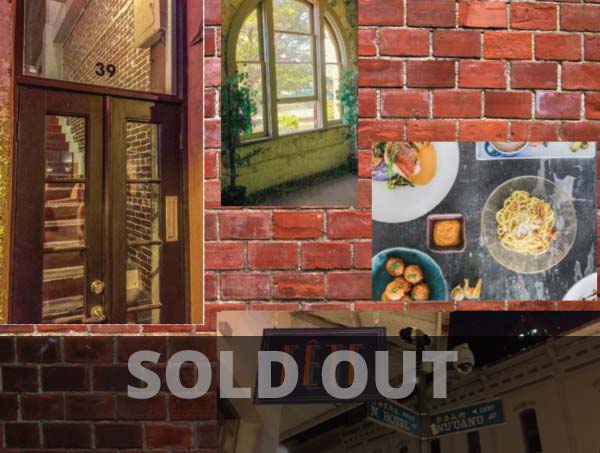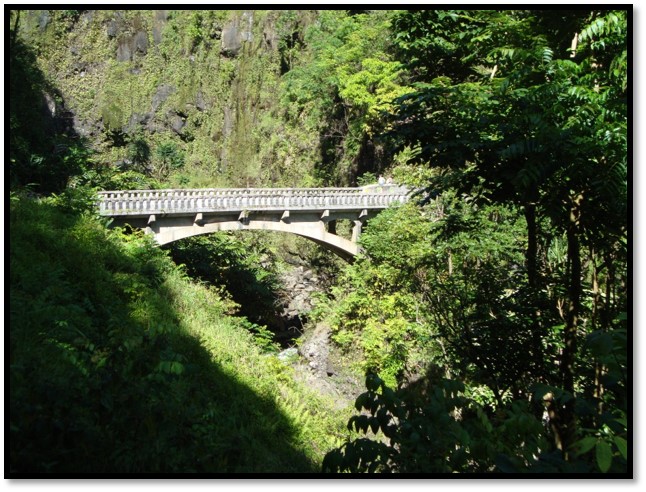Honor Awards 1975: Ms. Nancy Bannick
Nancy Bannick & Her Passion for Preservation Looking back to the first Honor Awards in 1975, it's hard to believe it was 41 years ago! The very first recognition was awarded to dedicated preservationist and community activist, Nancy Bannick, who passed away in 2008. For 60 plus years, Bannick was a supporter, dedicated volunteer and an inspiration not only to Historic Hawaii Foundation but to the entire preservation community. A charter member of Historic Hawaii Foundation, Bannick was a committed and tireless advocate for preserving architecturally significant and historically important buildings, as well as exceptional trees, landscapes and natural resources. She is especially well known for her decades long fight to save Honolulu Chinatown, which was declared a historic district in 1973. You can read more about the saving of Chinatown in Bannick's book, "A Close Call" co-authored by David and Scott Cheever, which was published in paperback in 2005. Bannick moved to Hawai‘i in 1948 and worked for more than 20 years as the editor of the travel publication Sunset magazine. A close friend said it was her time at Sunset writing and photographing Hawaii's treasures that kindled a deep passion and sincere interest in preserving Hawai‘i’s unique history. Bannick played a leading role in helping to save and document not just Chinatown but also the Waikīkī War Memorial Natatorium and Kapi‘olani Park. She also dedicated herself to numerous community organizations and was the voice and driving spirit behind many. Thank you Nancy Bannick for charging and fighting to preserve Hawai‘i’s historic places and their stories!






